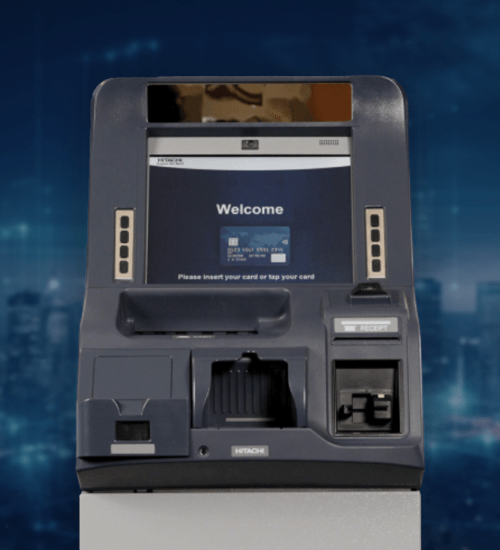
The banking landscape is continuously evolving, and financial institutions are in a constant pursuit of innovative solutions that are not only future-ready but also elevate customer experience and drive cost efficiencies. For decades, the ATM has served as an indispensable cornerstone of banking, offering unparalleled convenience for cash access. With evolving technology, the ATM too has transformed — from simple cash dispensers to smart, multifunctional terminals that enable banks to offer a wide range of services and exceed customer expectations.
The ATM Channel: Striking the Balance Between Services and Efficiency
The traditional paradigm of ATM deployment often leads to inherent inefficiencies as customer demands shift and grow.
The Traditional Approach: Reactive, Resource-Intensive, and cost-heavy
Consider a typical scenario; a bank sources a site and installs a standalone ATM. Initially, it admirably fulfils its purpose. Yet, as market requirements evolve – particularly the growing demand for cash deposit facility, the bank confronts a critical decision. The conventional approach to tackle this situation involves:
All these scenarios are suboptimal and carry a considerable financial implication for the Bank.
The Modern Approach: Proactive, Agile, and Cost-efficient
The true paradigm shift lies in the adoption of upgradable self-service terminals. This technological innovation empowers banks to make smart investments and adapt to market requirements with unparalleled agility.
Optimal Investments, Maximized Returns, Enhanced Service
The timely and judicious investment in such advanced self-service terminals unlock a multitude of advantages that directly translate into substantial cost efficiencies:
1. Market-Driven Upgrades: Banks gain the strategic flexibility to initially deploy ATMs and then upgrade them to CRMs precisely when genuine market demand for cash deposits materializes.
2. Elimination of Unproductive Costs: By transforming existing assets rather than outright replacing them, banks circumvent significant expenses associated with:
3. Offer additional service with minimal Turnaround Time (TAT): The remarkable capability to convert an ATM to a CRM in mere hours means banks can respond to customer demand for cash deposit services with extraordinary swiftness. This directly contributes to enhanced customer satisfaction and provides a critical competitive advantage.
In summation, the innovative solution empowers banks with the unparalleled flexibility to transform an ATM into a high-performance Cash Recycling Machine in just a few hours. This not only safeguards initial investments but also ensures future readiness for evolving market demands. The future of banking technology is intrinsically linked to agile, adaptable and digital first infrastructure, and solutions like these are unequivocally paving the way for smarter operations and enhanced customer experiences.
Our Cash Payment Solutions
Our Digital Payment Solutions
Our Blog Posts